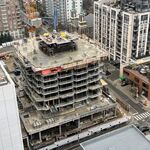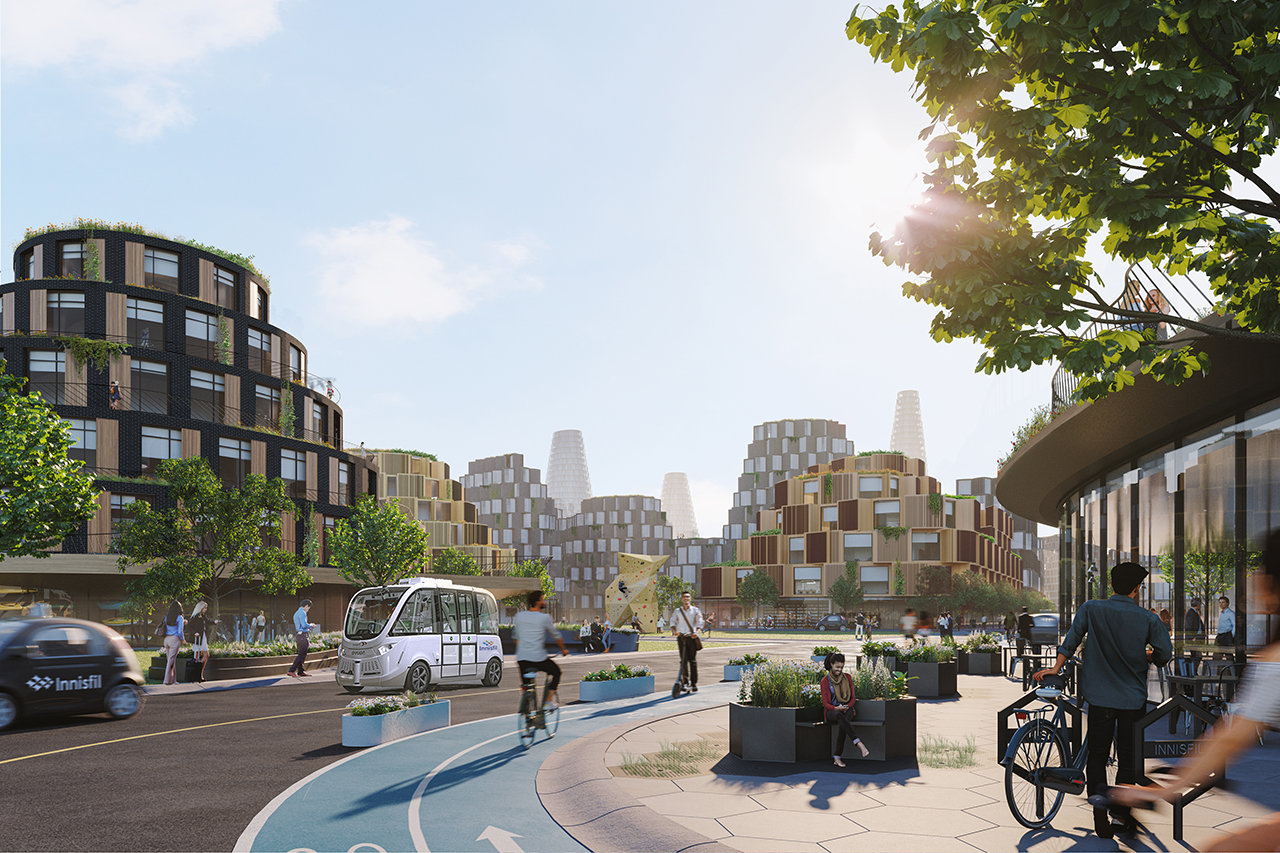Cars are a huge reality of modern life. Even the most transit and walking friendly parts of Europe have auto modal shares near 80%
Uhhh. Now listen, I don't expect Brampton, or Toronto to ever be Amsterdam.....but
The above is from here:
https://www.researchgate.net/figure...ma-2012-City-of-Amsterdam-2014_fig3_317421392
Notable here, is that since 2014, the 'active transportation number (walking and cycling) has hit 61%.
Also, look at that dramatic shift over 30 years, dropping the modal share of auto trips from 39% to 21%
So now let's look at Paris, France:
From here:
https://ecf.com/system/files/ChristopheNajdovski_ParisCyclingPolicies.pdf
My understanding is that again the car numbers have continued to drop since 2010 with a double-digit reduction in car traffic.
But that's still only 2 cities, so how about we throw in Vienna!
From this site:
https://pastaproject.eu/fileadmin/e...cations/documents/AM_Factsheet_Vienna_WP2.pdf
Not one of the above cities shows modal shares for cars exceeding 27%. in contemporary times, all show shifts of 10 points or greater towards walking/cycling/transit in the last 20 years.
A 10 point shift in Brampton/Vaughan would do far more that the GTA West Corridor to alleviate suburban congestion.
They aren't going away, people aren't going to stop driving. We can allow people to get around efficiently, or let everyone drown in traffic. A few "gap fills" of the arterial road network aren't going to get us there with 3 million more people coming to the GTA in the next 30 years.
Here, we definitely disagree; I expect and Metrolinx modelling, which I don't find overly ambitious, seems to agree that we can in fact cap the number of vehicles on the roads of the GTA at or near current levels even while the population grows substantially over the next 20+ years.
In order to achieve that, however, transit and active transportation need to be the overwhelming focus of improvements with very selective investments in new/widened roads.
Worth saying, Toronto's inner suburbs, when looking at trips that originate there and are
not headed downtown, has already dropped auto modal share to 45% as of today.
That's Scarborough/North York/Etobicoke, which are hardly a walkers/cyclers paradise and only North York has rapid transit at levels that somewhat compare with downtown.
There's no real reason we couldn't get Brampton/Vaughan/Markham to levels already in effect in the inner burbs.
That would have an effect several times larger than the GTA West corridor and would alleviate total congestion while accommodating projected growth.
I'm a one car household BTW - and I'm not the one who drives to work every day. Not like I have a huge bias here. Most of my personal driving is long range - to Michigan to visit friends, to the suburbs to see my parents, cottage country, every year or two to New Brunswick to visit family, etc.
Fundamentally, I think where we disagree is that you have your facts wrong on Europe; that you believe modal shifts large enough to handle projected growth can't be achieved (Metrolinx disagrees); and you're prepared to spend scarce dollars on projects that conflict w/good planning on the basis that better is impossible.
You seem like a nice enough person, who says (and I believe you) that you want to support good planning; you just don't believe it can achieve enough so you're prepared to water it down.
I believe it can achieve more, and we'll never know if we keep putting water in the wine.







